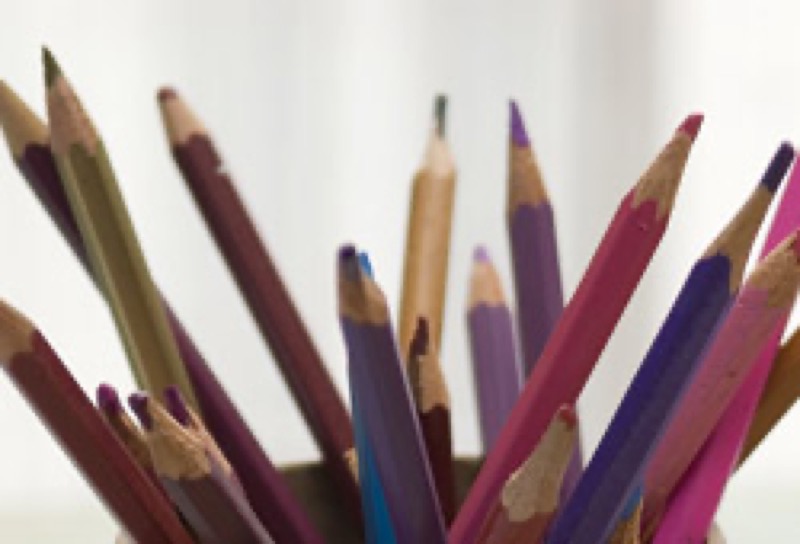Depending on how you feel, go for the warmth of sanguine, the smoothness of charcoal or the precision of a graphite pencil … It's up to you to find out what works best for you!

1. Graphite
Graphite (or paper pencil) is an indispensable tool and comes in varying degrees of hardness:
- The most frequently used are medium hard (B and 2B).
- Darker softer leads are ideal for doing detailed work and sketching (4B or 5B).
- Use the very light gray harder ones in your preliminary work.
Graphite (without wood casing) and graphite sticks can also be used to draw lines or create color blocks.

Memo: the novice's pencil case
Start with a survival kit, that is:
- B and 2B pencils. Their range of tones is amply sufficient for tackling values.
- a 4B pencil for your rough sketches. Note that soft lead wears down faster. Remember to replenish your stock!
- a medium hard graphite pencil (2B for example,) for solid areas.
Later on, you can round out your collection to suit your needs and your technical progress.

2. Charcoal
Along with chalk, this is one of the oldest drawing instruments, and is both simple to use and economical! charcoal is perfect for creating rough sketches and for shadow and light work, because, unlike graphite lead, it is flat and does not reflect light.
Like graphite, it comes in varying degrees of hardness. It is best to start with an easier to handle a wide diameter, soft charcoal stick. Depending on how hard you press down on the stick, you can obtain a wide palette of tones, from light gray to intense black.

3. Sanguine
Its earthy shade ranges from red ocher to intense red, whence its suggestive name.
Sanguine comes in the form of pencils, lead, lithographic or dry chalk, as well as sticks.
It is better to start with dry sanguine, because it is easier to stump and erase.
Tip
Sanguine and white chalk, a dynamic duo
Sanguine works for all your fancies! For optimum rendering, use Canson ® Mi-Teintes paper and draw your subject with sanguine, then accentuate the light areas with white chalk.

4. Color pencils
Starting off is easy: one box of 12 school color pencils will work fine.
Quality: their lead will be softer or harder depending on the quality of the pigments, and, therefore, their color will do a better or worse job covering your paper. By all means, test your pencils on various kinds of paper before investing.
Colors: the more progress you make, the more you will want to test new shades. This is not a problem, because most pencils are sold by the unit, so you can complete your palette over time!

5. Markers
Alcohol and water soluble, fine points or markers, stiff or flexible, refillable or not… There is a wide selection, so you're sure to find what you want! Like color pencils, you can take your first steps by buying a simple box of school markers.
Choose stiff points over flexible ones, because they will allow you to define forms more precisely.
6. India ink
The right way to get started? A box containing all the essentials: ink stick, small dish for preparation, paintbrush, pen nib and pen holder, reed pen, etc. This way, you can test the various tools without going broke.
Recommended product:
Graduate Sketching
